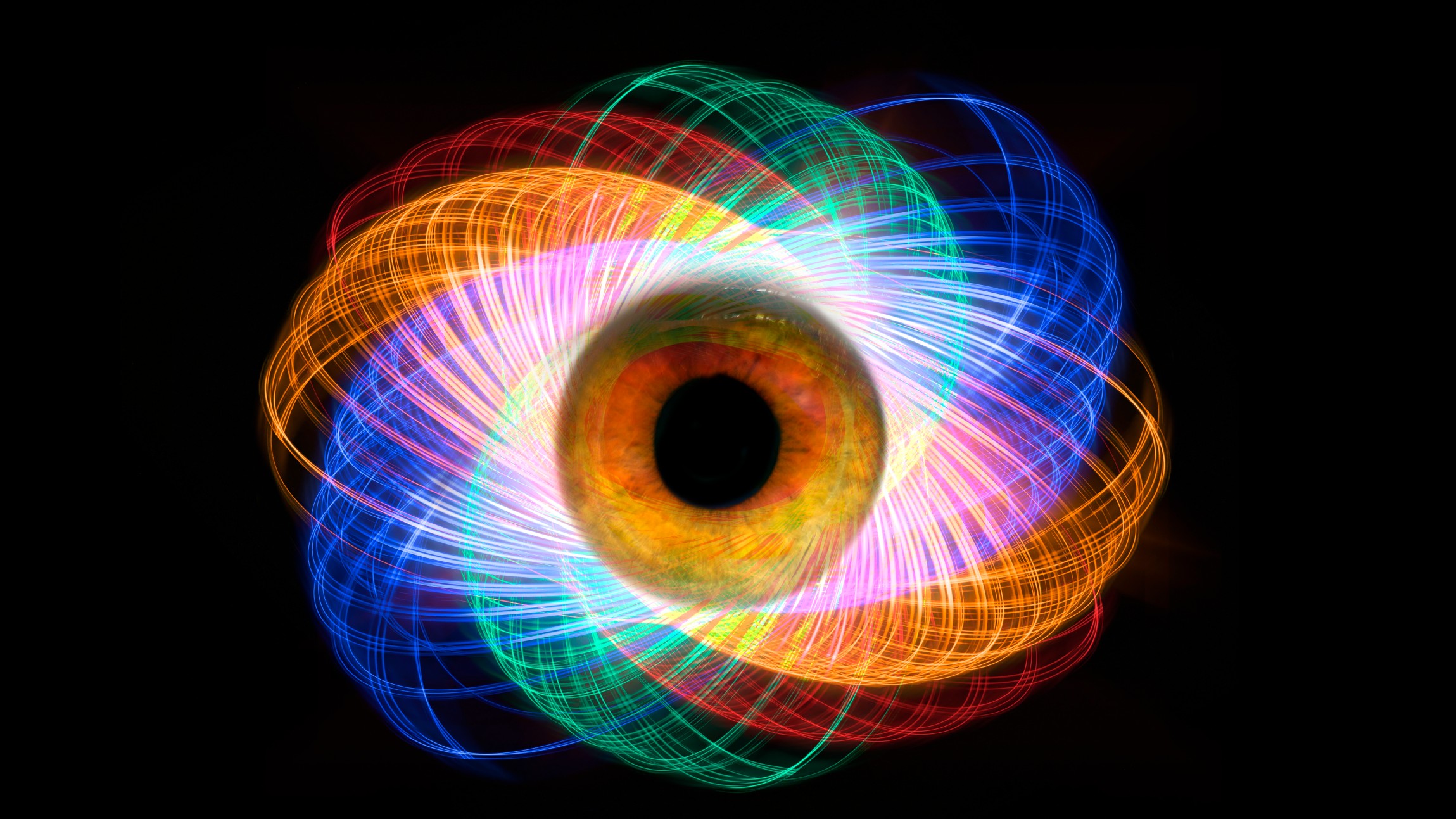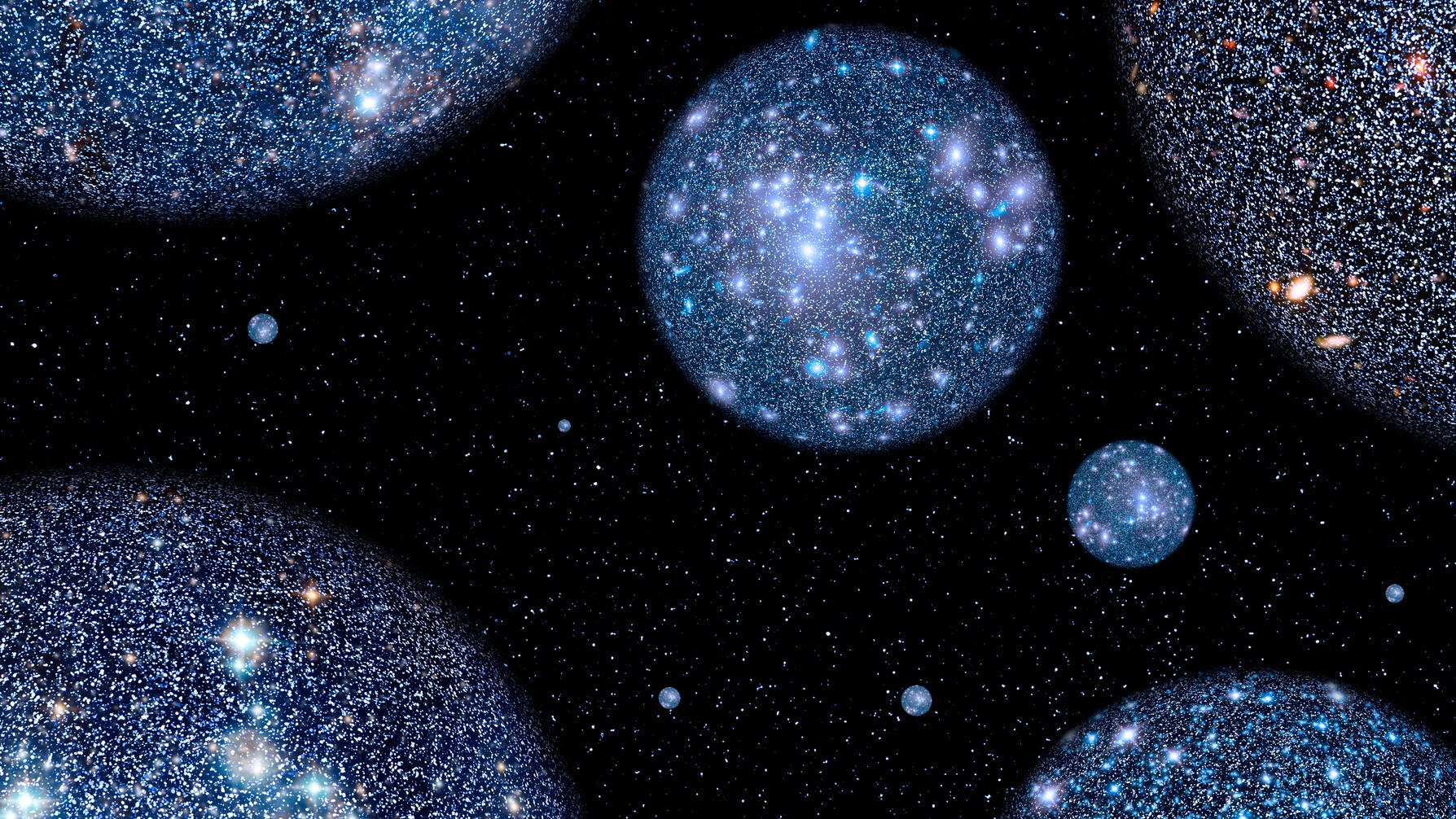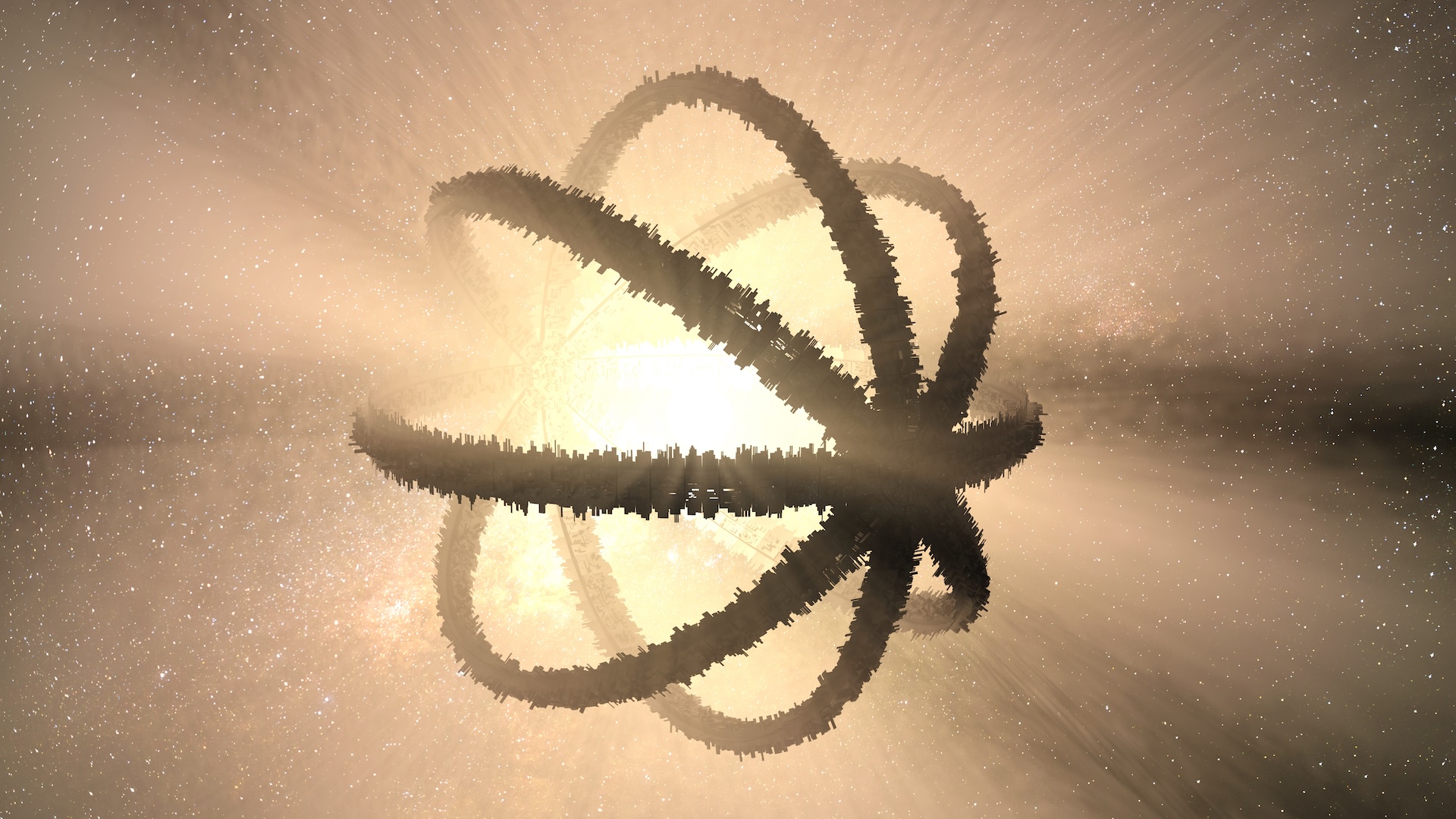
Paul Sutter
Paul M. Sutter is a research professor in astrophysics at SUNY Stony Brook University and the Flatiron Institute in New York City. He regularly appears on TV and podcasts, including "Ask a Spaceman." He is the author of two books, "Your Place in the Universe" and "How to Die in Space," and is a regular contributor to Space.com, Live Science, and more. Paul received his PhD in Physics from the University of Illinois at Urbana-Champaign in 2011, and spent three years at the Paris Institute of Astrophysics, followed by a research fellowship in Trieste, Italy.
Latest articles by Paul Sutter
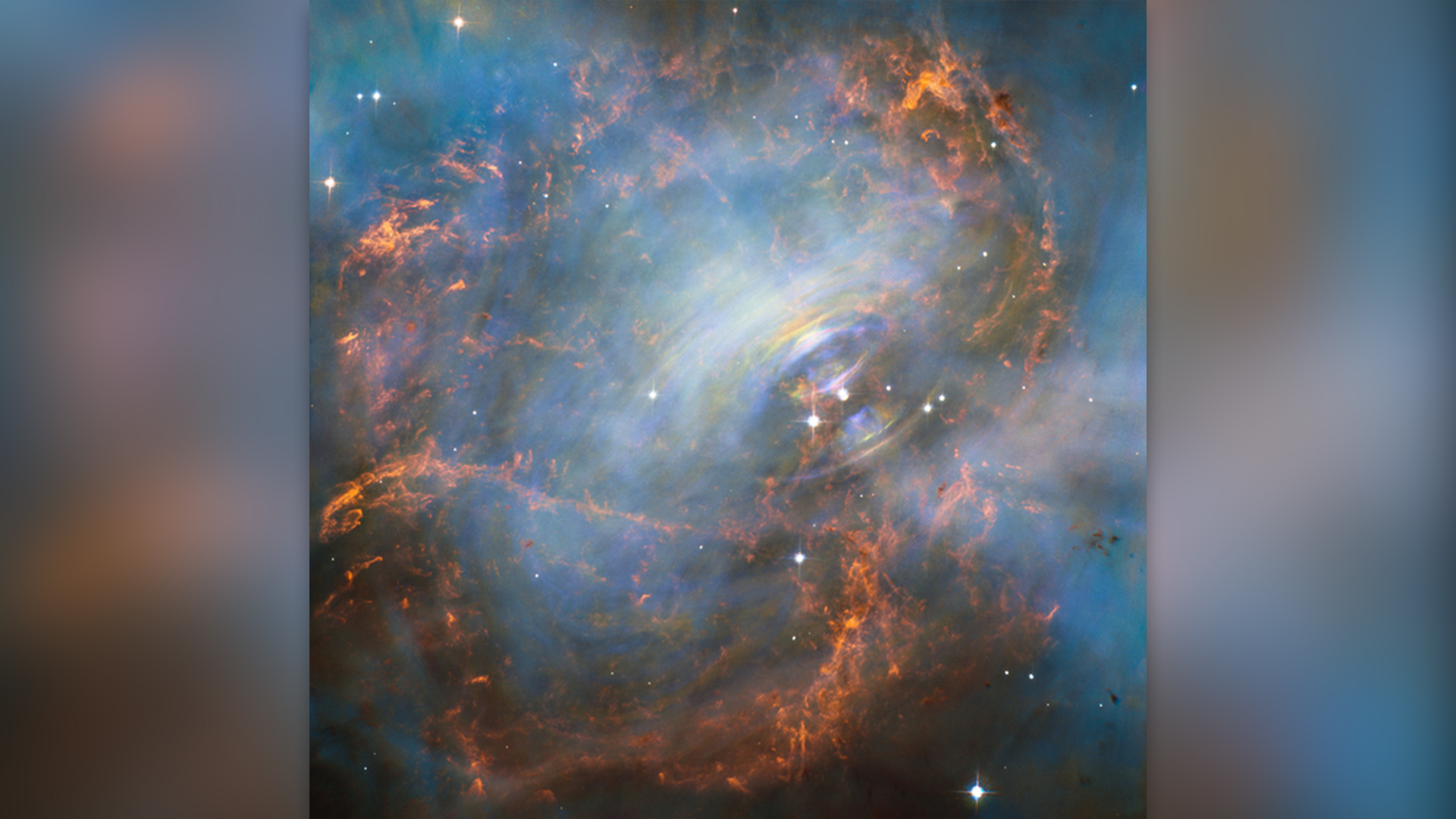
Nuclear 'pasta' cooked up by dead stars could unravel the secrets of stellar afterlife
By Paul Sutter published
In the extreme hearts of neutron stars, fundamental particles are twisted into strange 'pasta' shapes that could reveal untold secrets about how dead stars evolve.
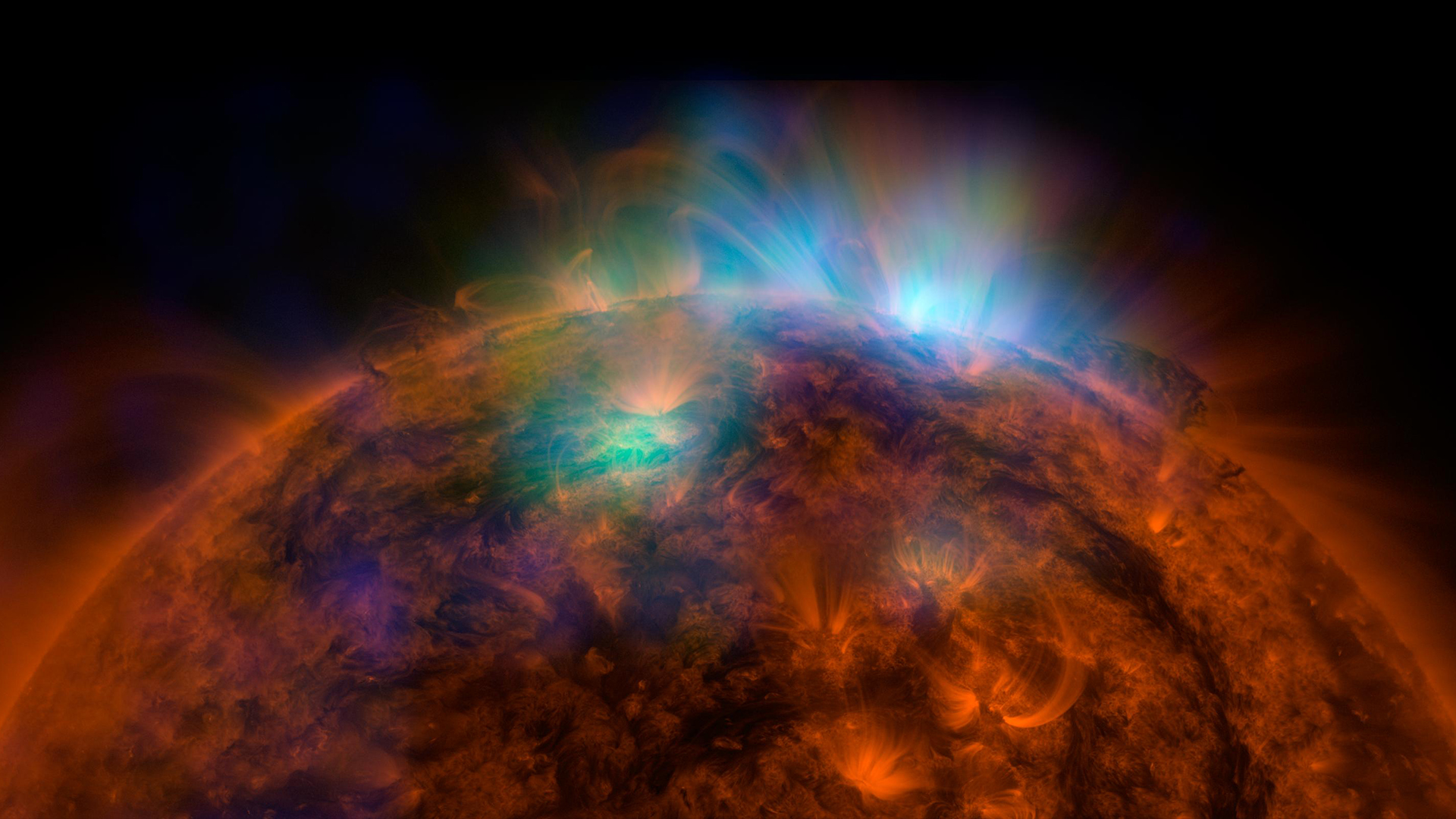
'Ghost' particles from the sun could lead us straight to an invisible trove of dark matter
By Paul Sutter published
New research suggests that the sun may hold dark matter in its fiery heart, and ghostly particles called neutrinos could lead us to it.
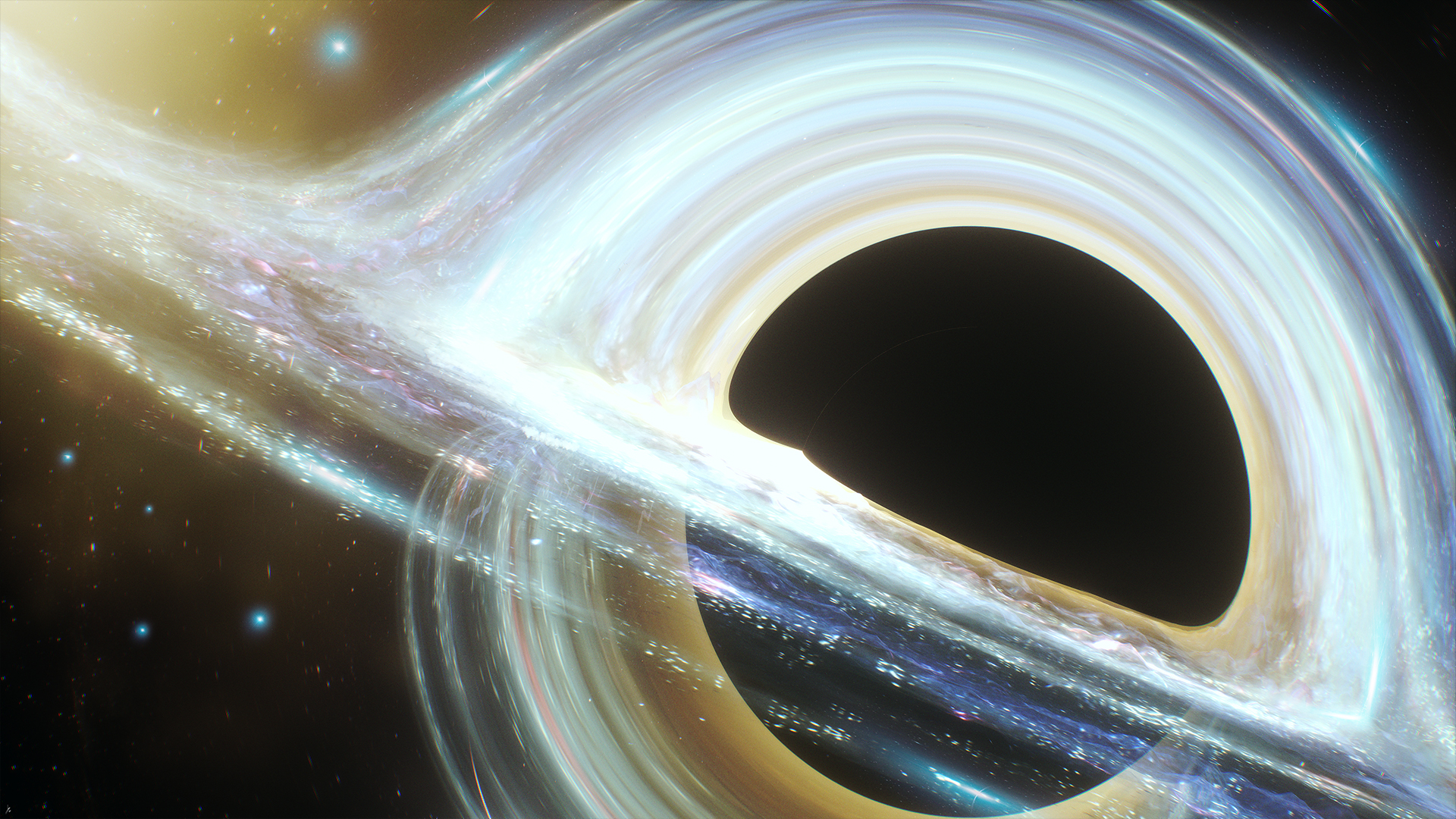
'Twisty' new theory of gravity says information can escape black holes after all
By Paul Sutter published
Einstein's theory of relativity say black holes are 'bald', but a new tweak to his research may give the mysterious objects their long-sought 'hair.'
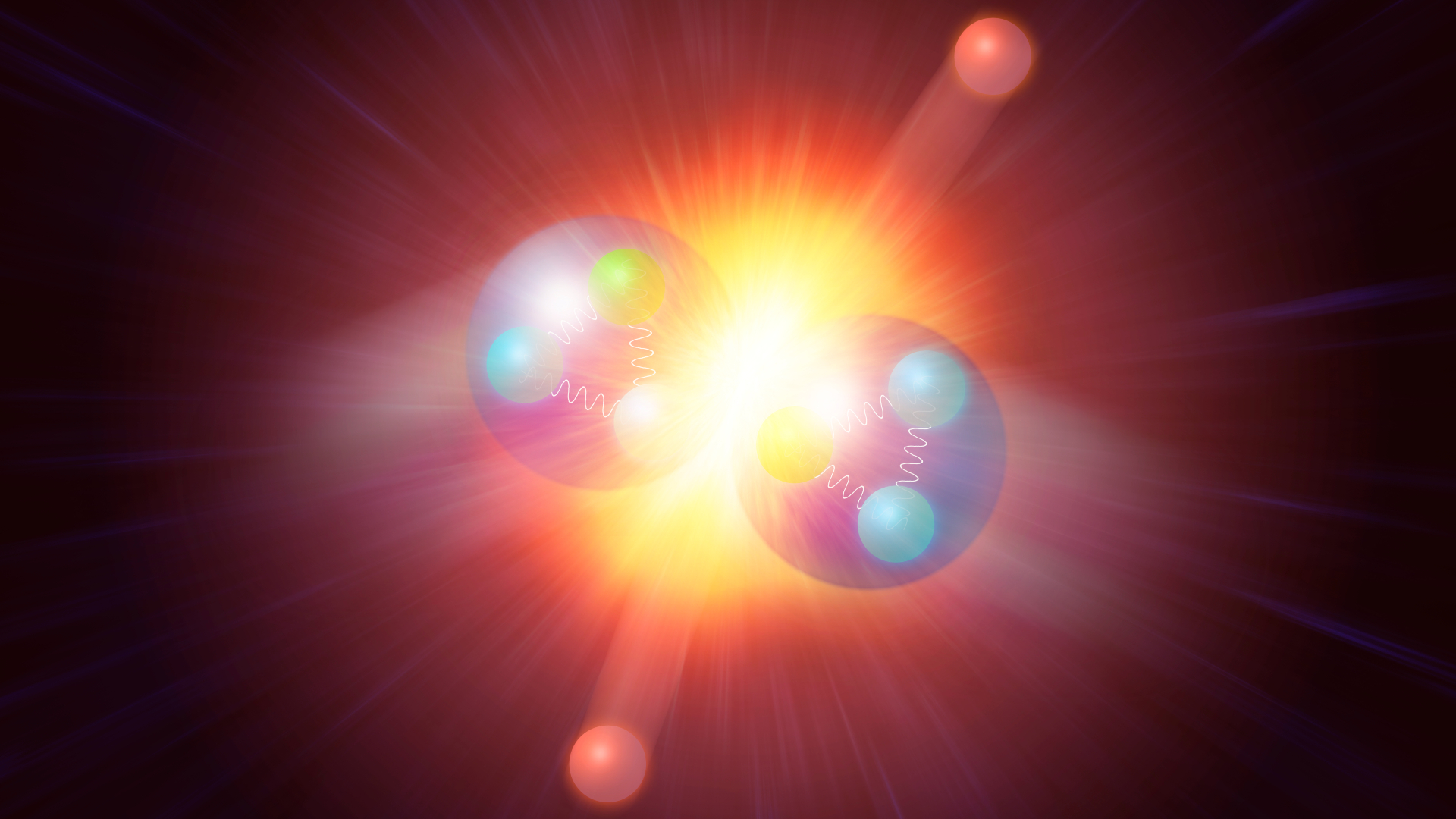
What is the strong force?
By Jim Lucas published
Reference The strong force is one of the four fundamental forces of nature. Learn how it fits into the Standard Model of particle physics.
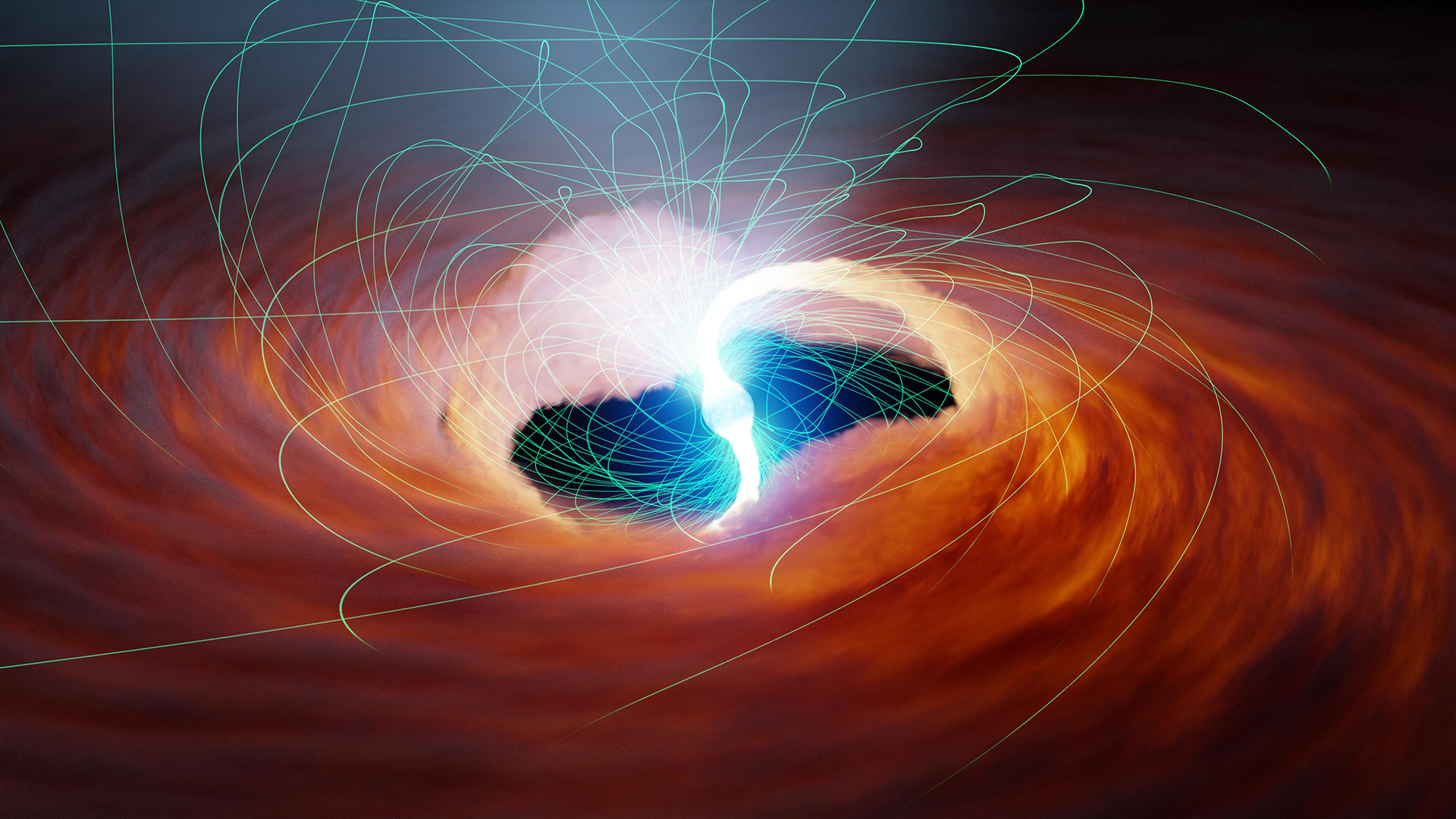
Dark matter could be building up inside dead stars — with potentially explosive consequences
By Paul Sutter published
Invisible dark matter may be gathering in the ultra-dense innards of neutron stars, potentially causing them to detonate in massive explosions.

Giant 'bubbletrons' shaped the forces of the universe moments after the Big Bang, new study suggests
By Paul Sutter published
Meet the 'bubbletrons' — theoretical particle accelerators that may have helped build the universe as we know it.
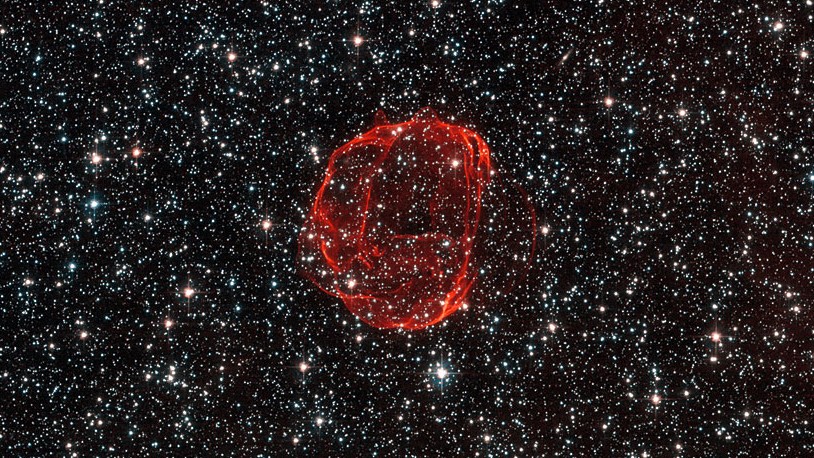
Invisible supernovas called 'bosenovas' may be exploding all around us, new research suggests
By Paul Sutter published
What happens when an invisible star dies? It erupts in an invisible explosion, of course. New research describes how these unseen 'bosenovas' may behave.
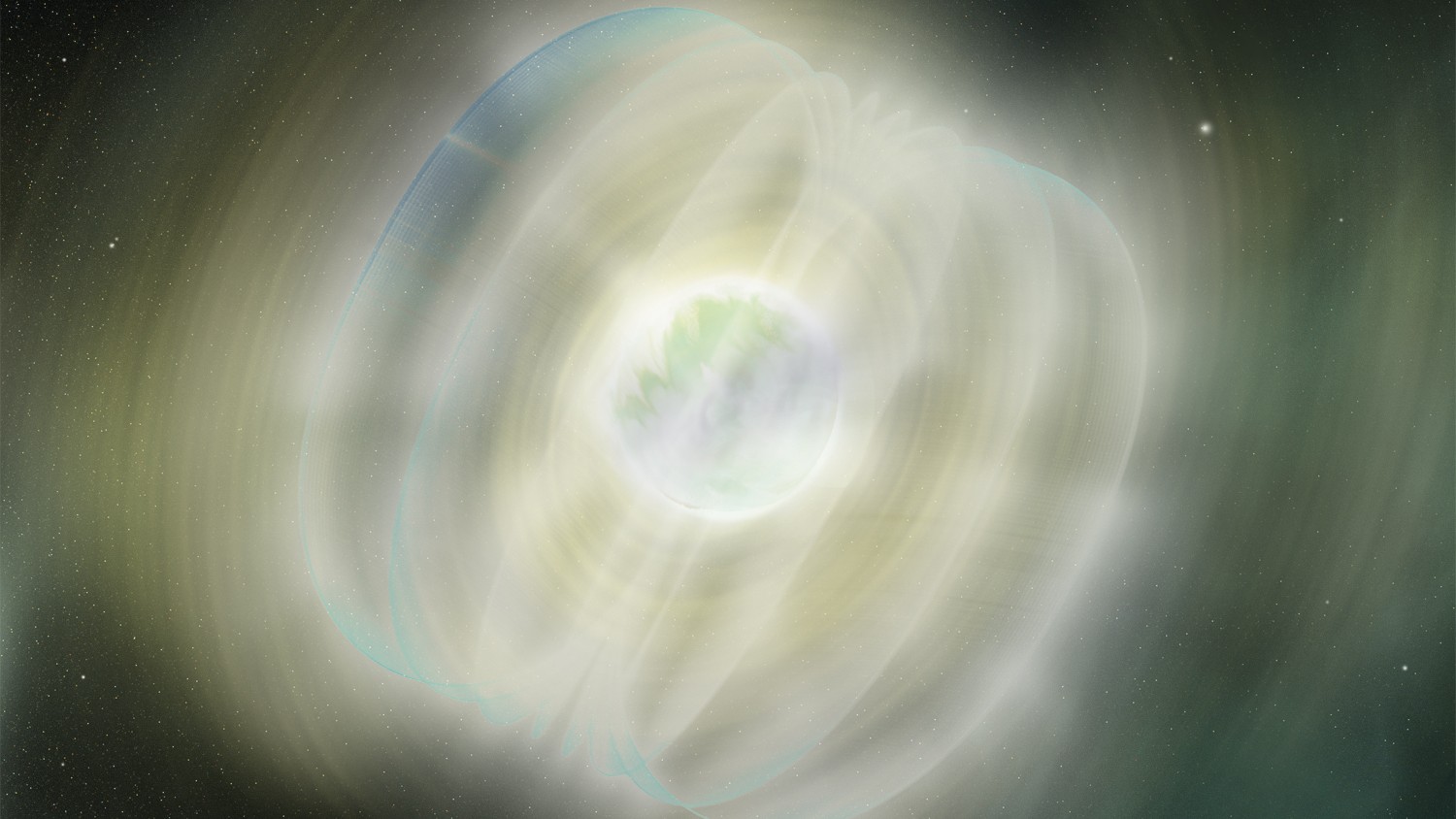
Scientists think they saw an asteroid crash into a dead star — and release one of the brightest explosions in the universe
By Paul Sutter published
Astronomers proposed a new mechanism behind mysterious fast radio bursts (FRBs), and it involves unlucky asteroids crashing into neutron stars.
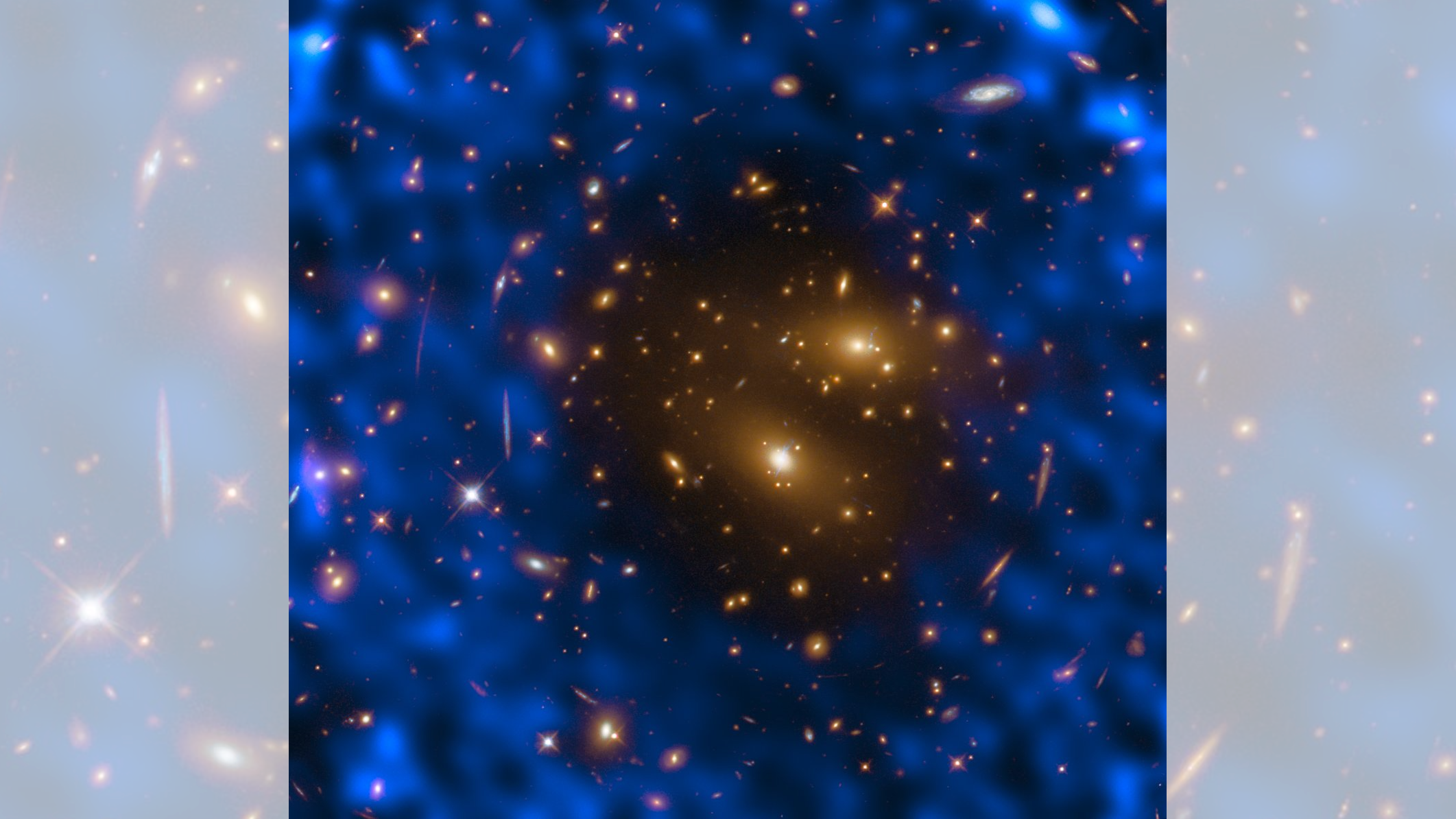
5 fascinating facts about the Big Bang, the theory that defines the history of the universe
By Paul Sutter published
From the Catholic priest who pioneered it, to how we can (almost) see it, here are 5 fascinating facts about the Big Bang.
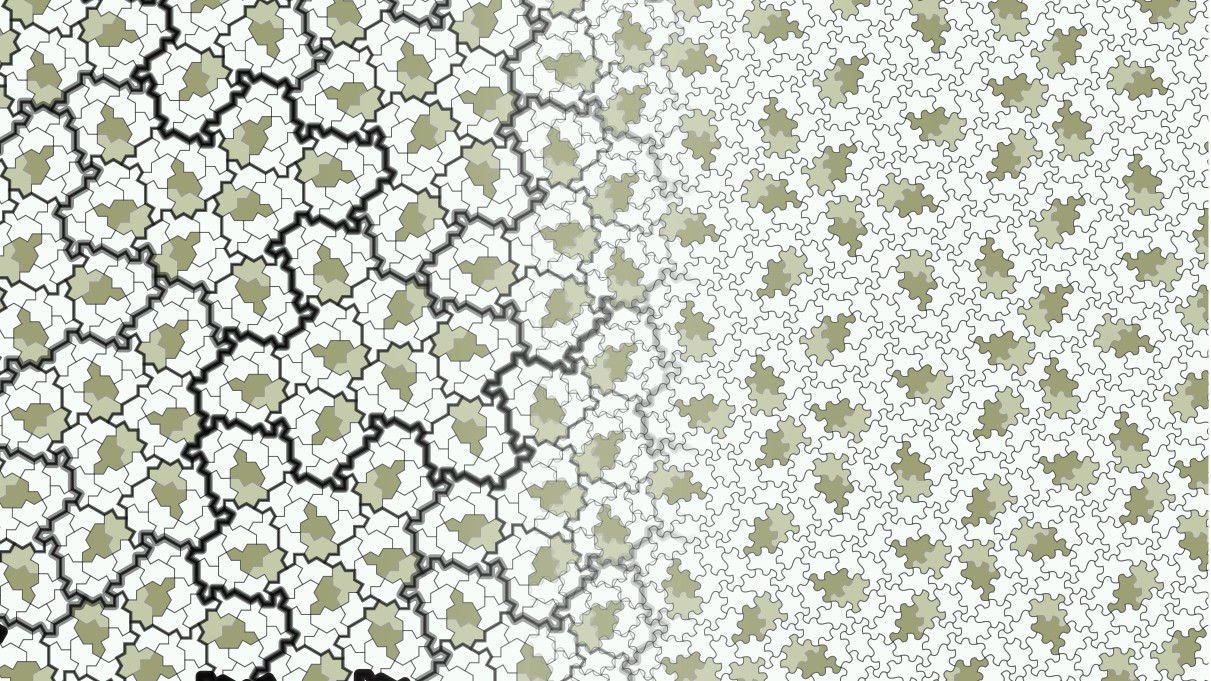
Mathematicians end decades-long quest to find elusive 'vampire einstein' shape
By Paul Sutter published
Researchers have discovered a new 14-sided shape called the Spectre that can be used to tile a surface without ever creating a repeating pattern, ending a decades' long mathematical hunt.
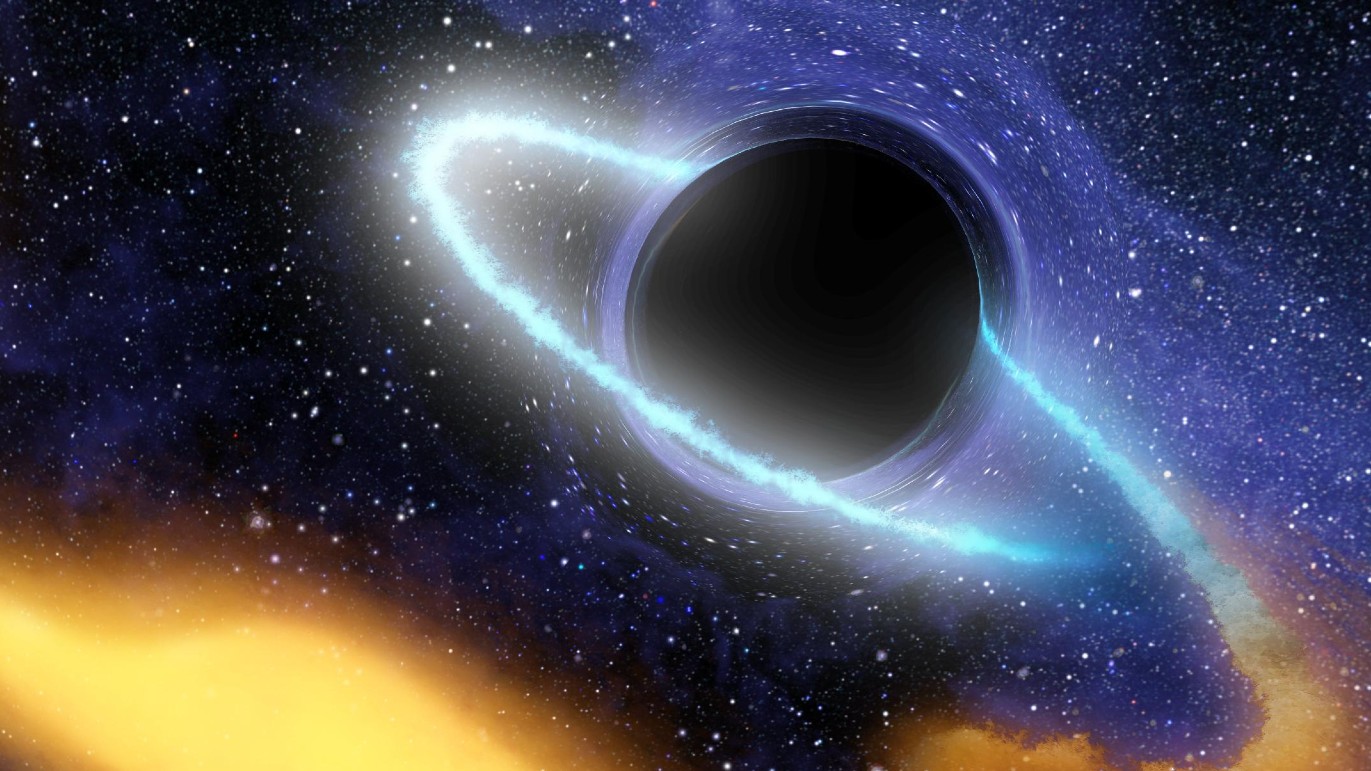
Strange star system may hold first evidence of an ultra-rare 'dark matter star'
By Paul Sutter published
In a distant star system, a sunlike star orbits an invisible object that may be the first example of a 'boson star' made of dark matter, new research suggests.
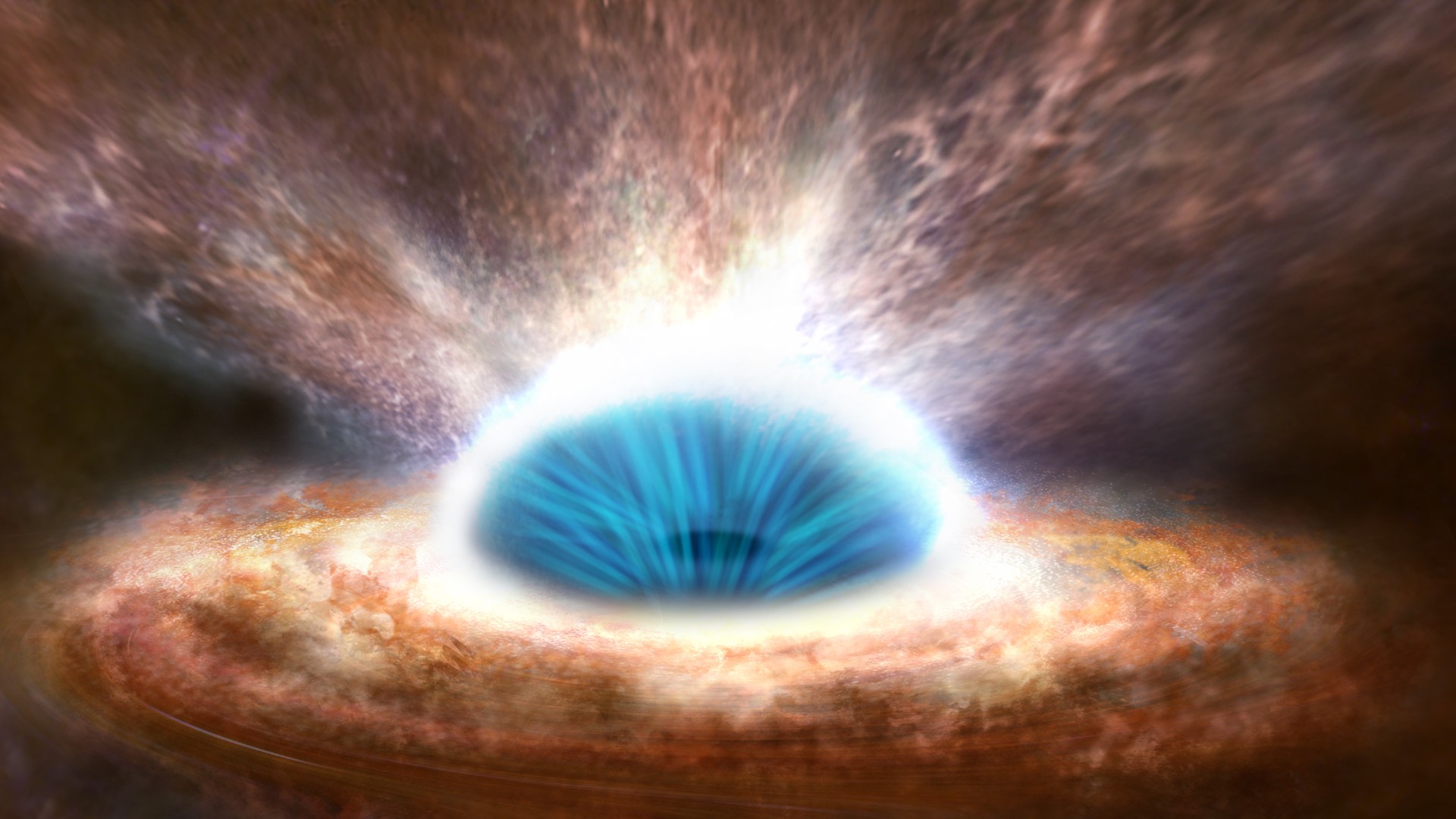
Some black holes may actually be tangles in the fabric of space-time, new research suggests
By Paul Sutter published
A new paper discusses how light interacts with theoretical objects called "topological solitons" — kinks in the fabric of space-time that look just like black holes.
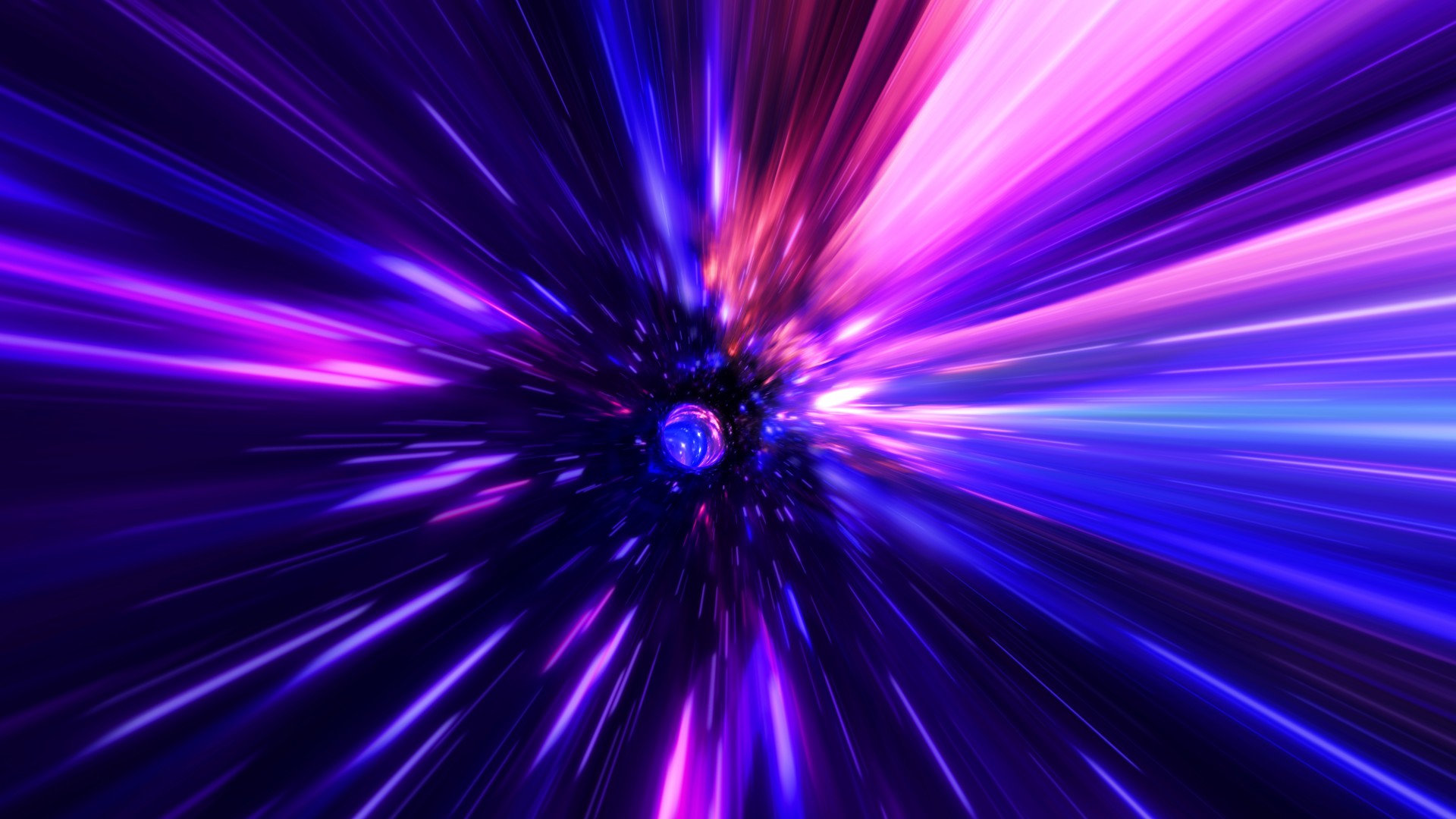
Gravity can transform into light, mind-bending physics paper suggests
By Paul Sutter published
In the early universe, gravity may have been capable of creating light, a new theoretical paper finds.
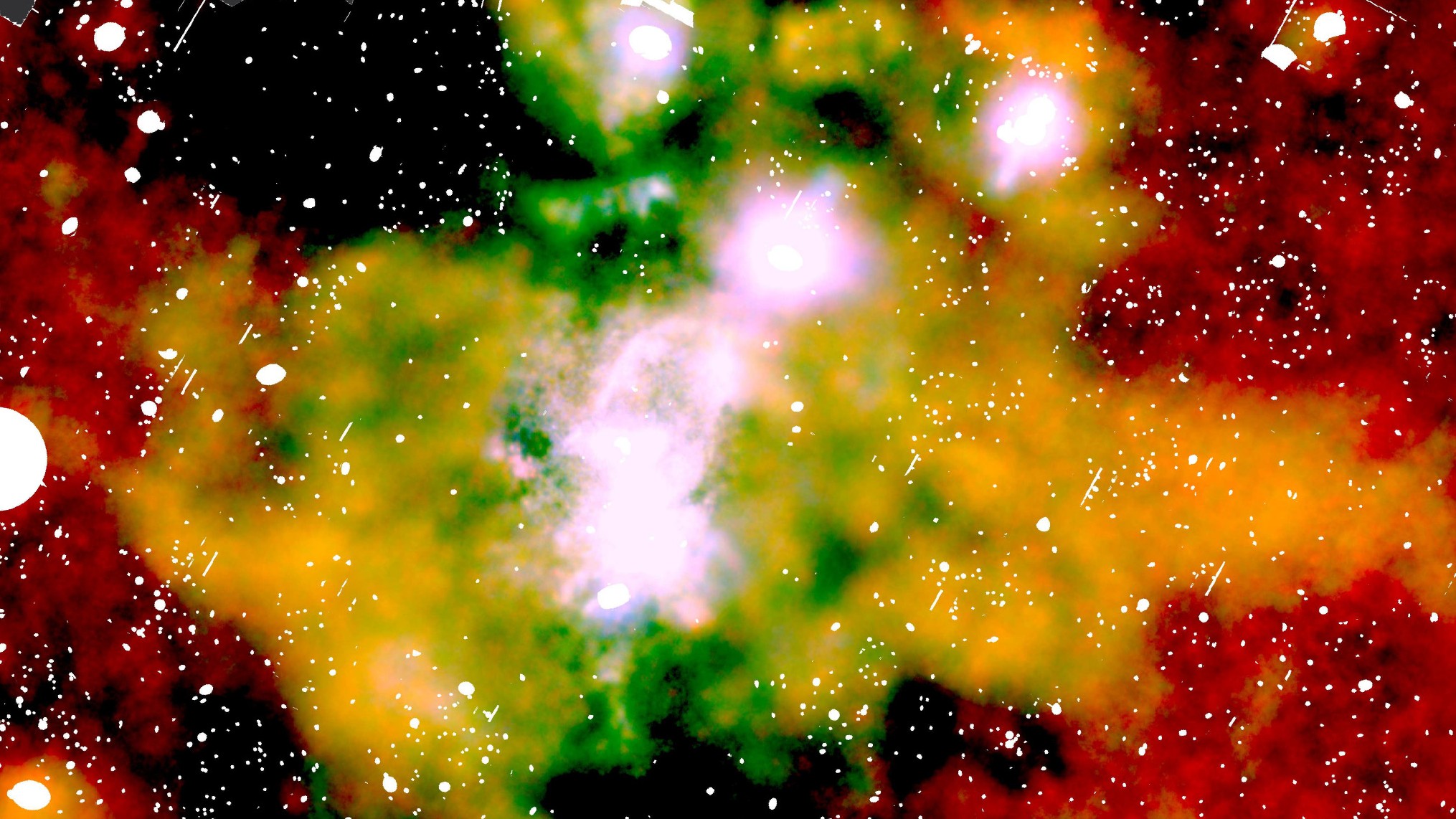
The most elusive black holes in the universe could lurk at the Milky Way's center
By Paul Sutter published
Astronomers have a plan for using ripples in space-time to hunt for elusive intermediate-mass black holes around the Milky Way's center.
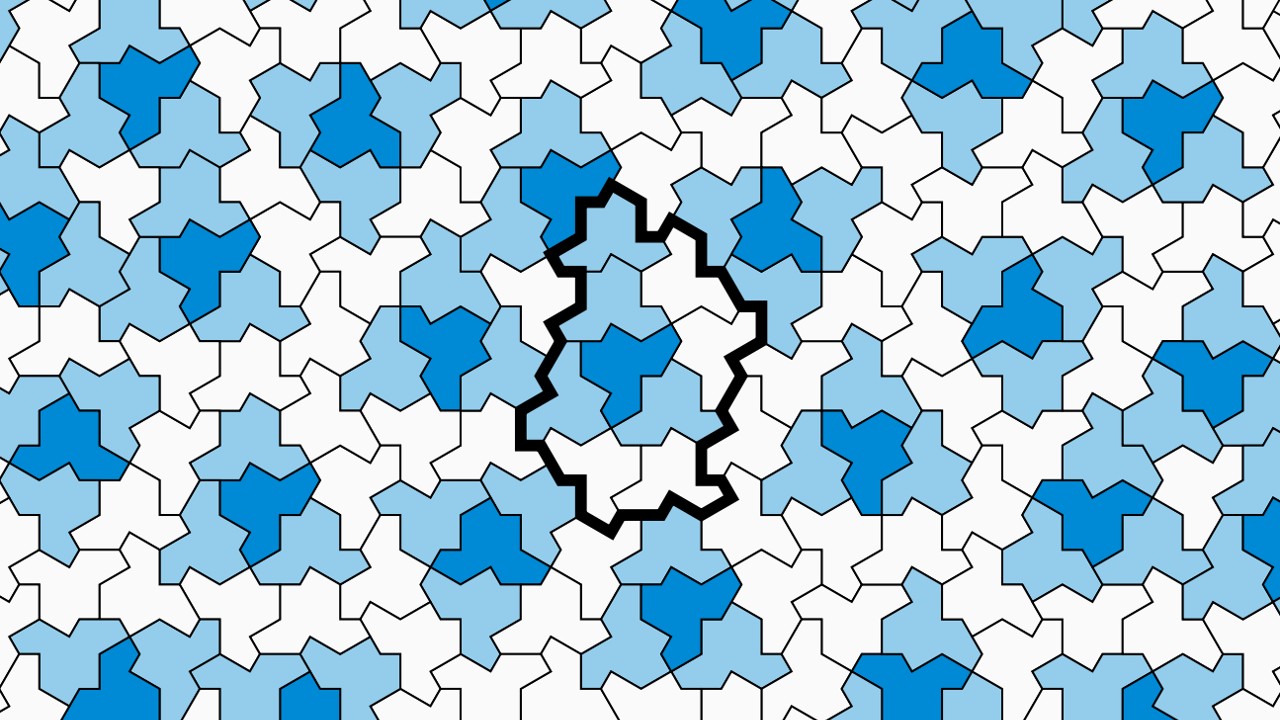
Newly discovered 'einstein' tile is a 13-sided shape that solves a decades-old math problem
By Paul Sutter published
A new 13-sided shape is the first example of an elusive "einstein" — a single shape that can be tiled infinitely without repeating a pattern.
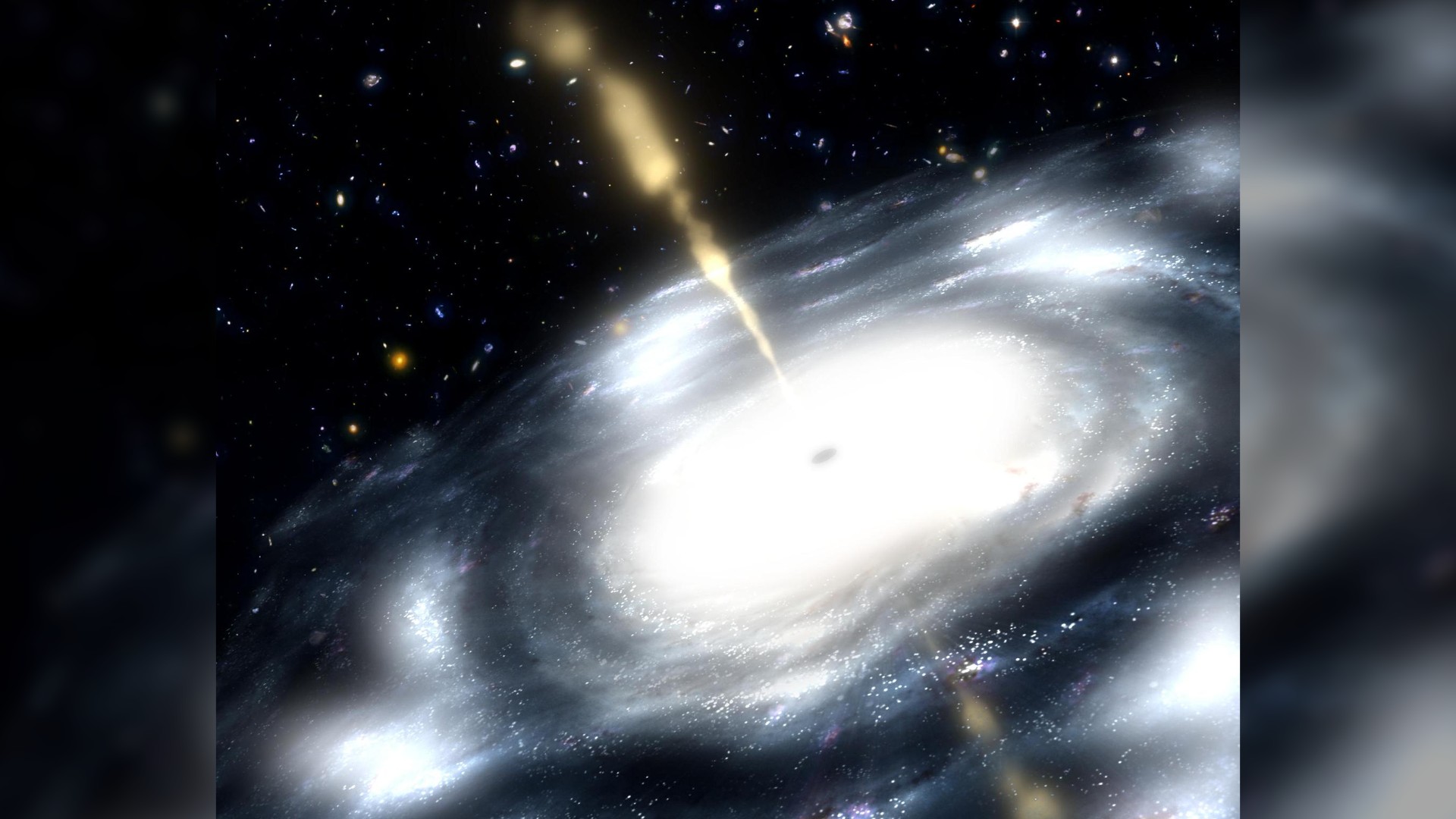
What's the biggest black hole in the universe?
By Paul Sutter published
What's the biggest black hole in the universe, and is there a limit to how big black holes can get?
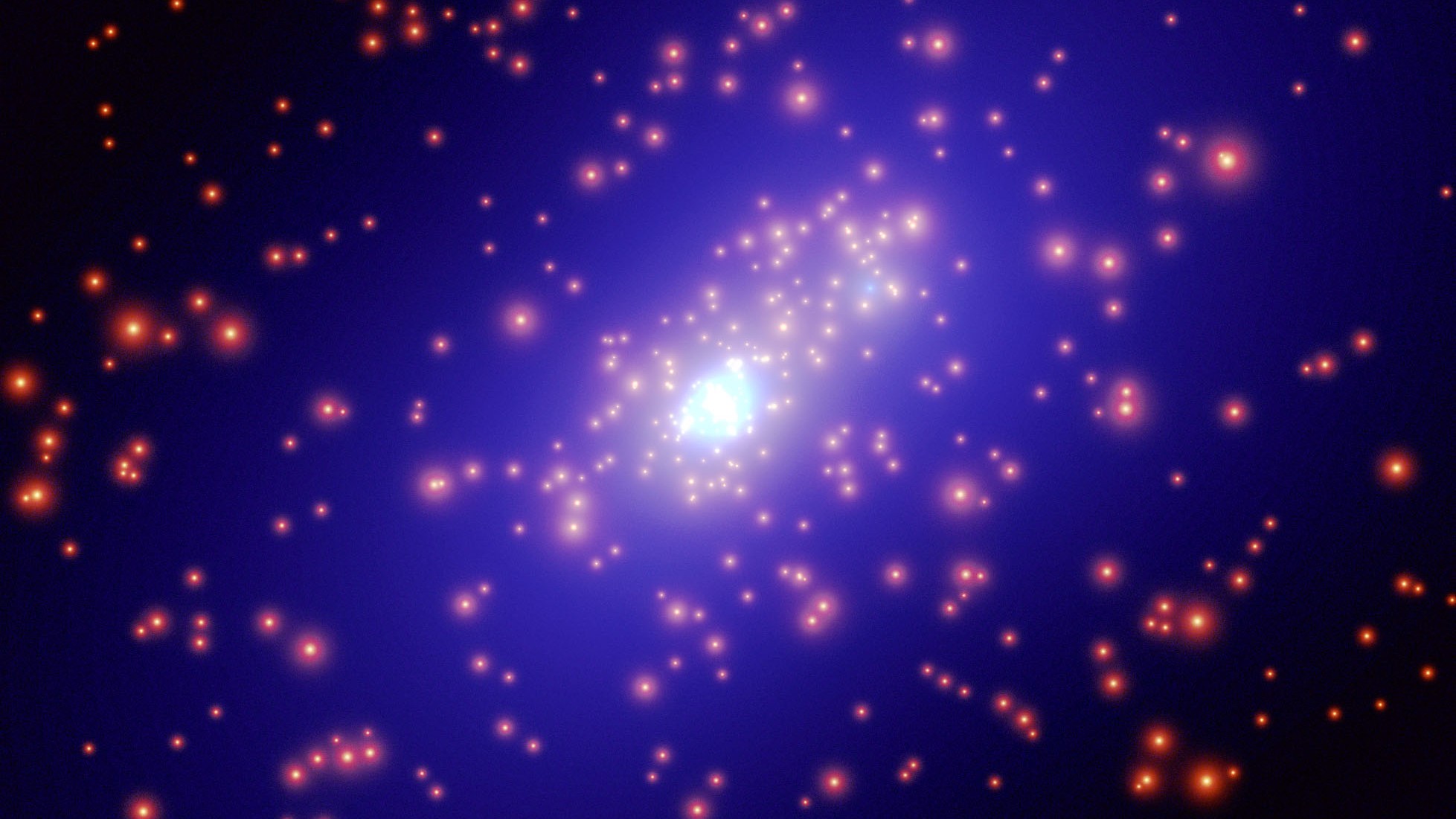
There may have been a second Big Bang, new research suggests
By Paul Sutter published
Within a month of the Big Bang, a second cosmic explosion may have given the universe its invisible dark matter, new research suggests.
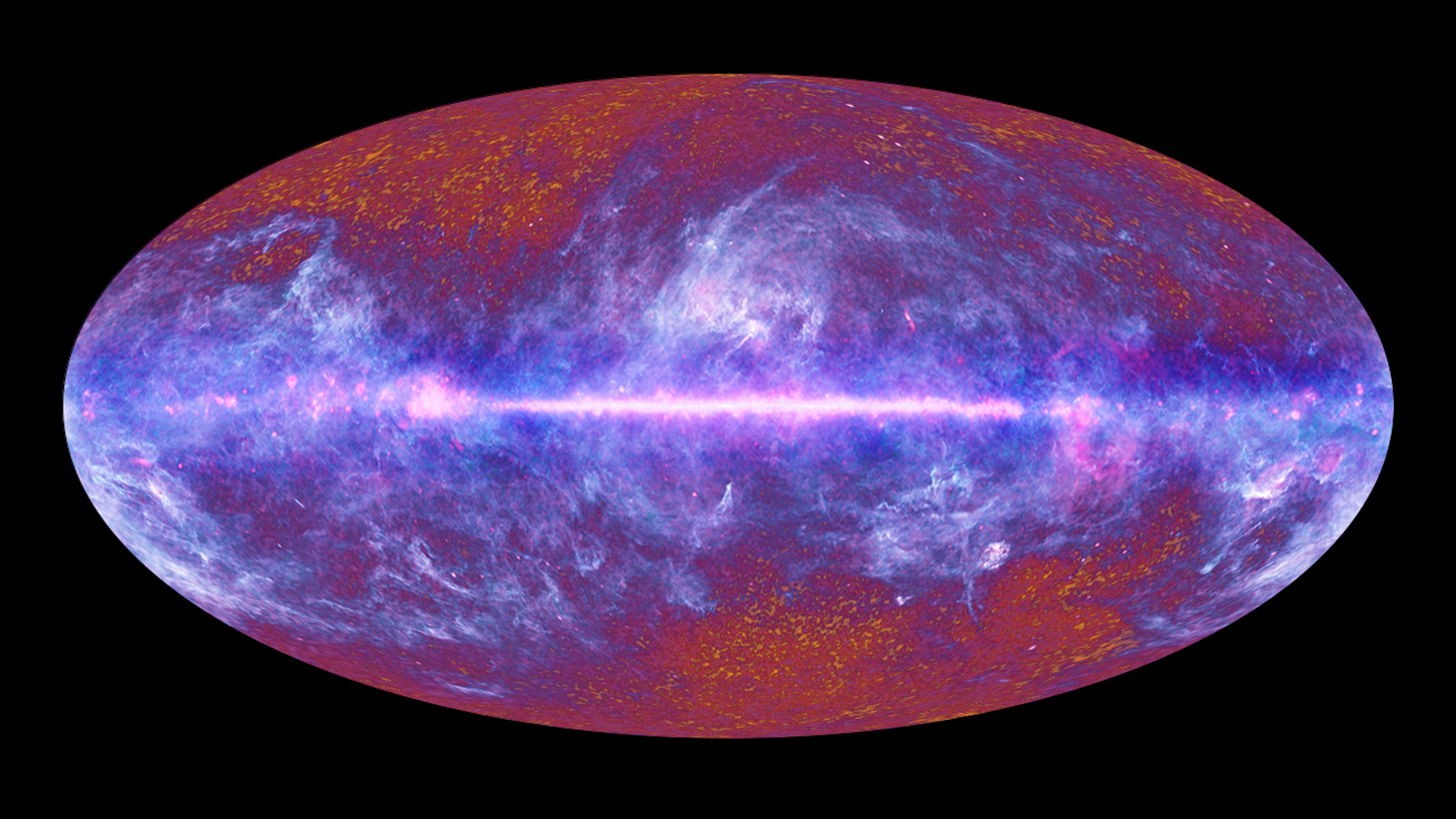
The universe might be shaped like a doughnut, not like a pancake, new research suggests
By Paul Sutter published
The universe may be flat, but could still be shaped like a doughnut, weird patterns in leftover light from the Big Bang suggest.
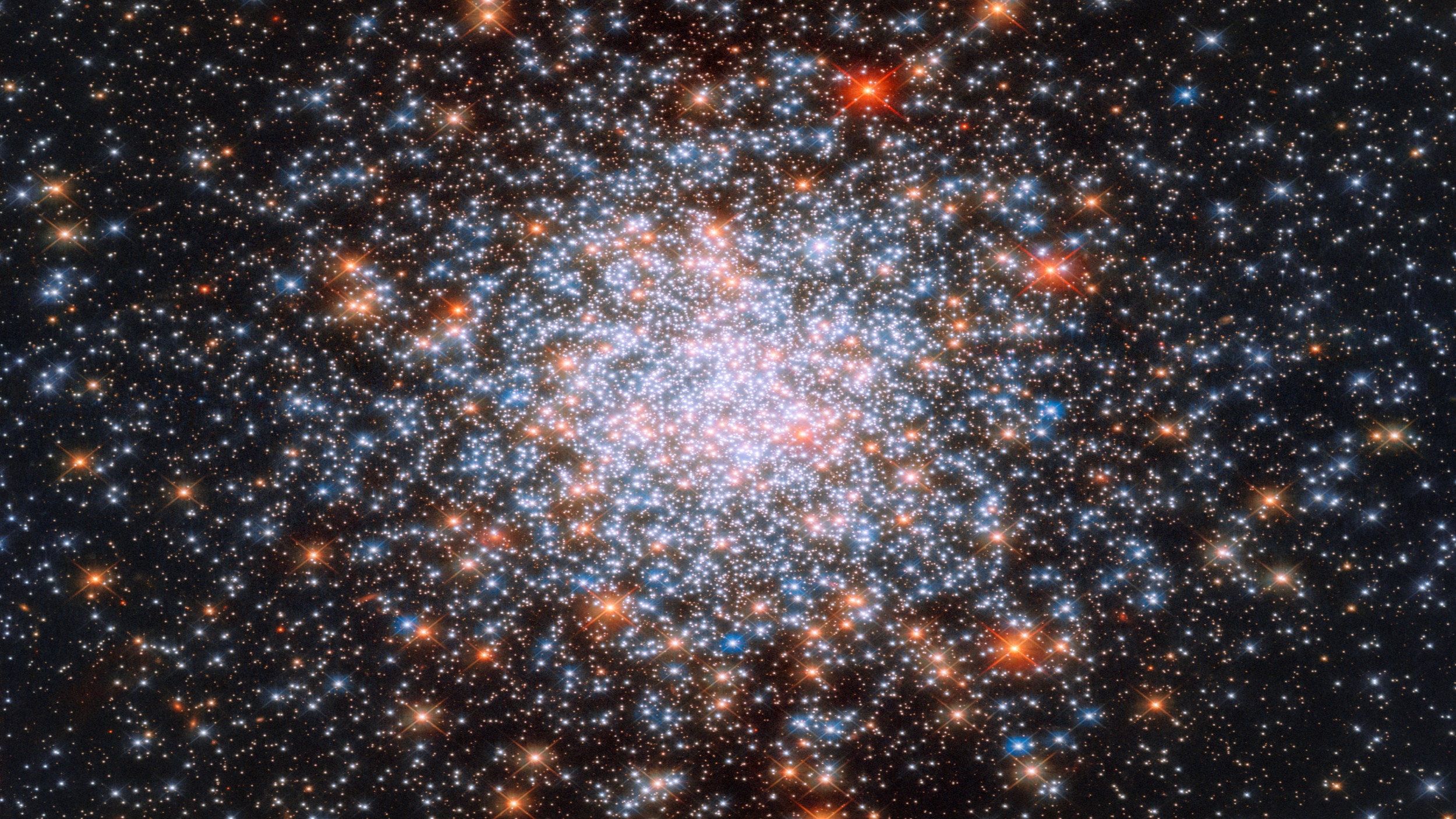
Dark energy could lead to a second (and third, and fourth) Big Bang, new research suggests
By Paul Sutter published
Scientists have proposed a way that the universe could stop expanding, ending in a 'Big Crunch' that resets space and time as we know it.
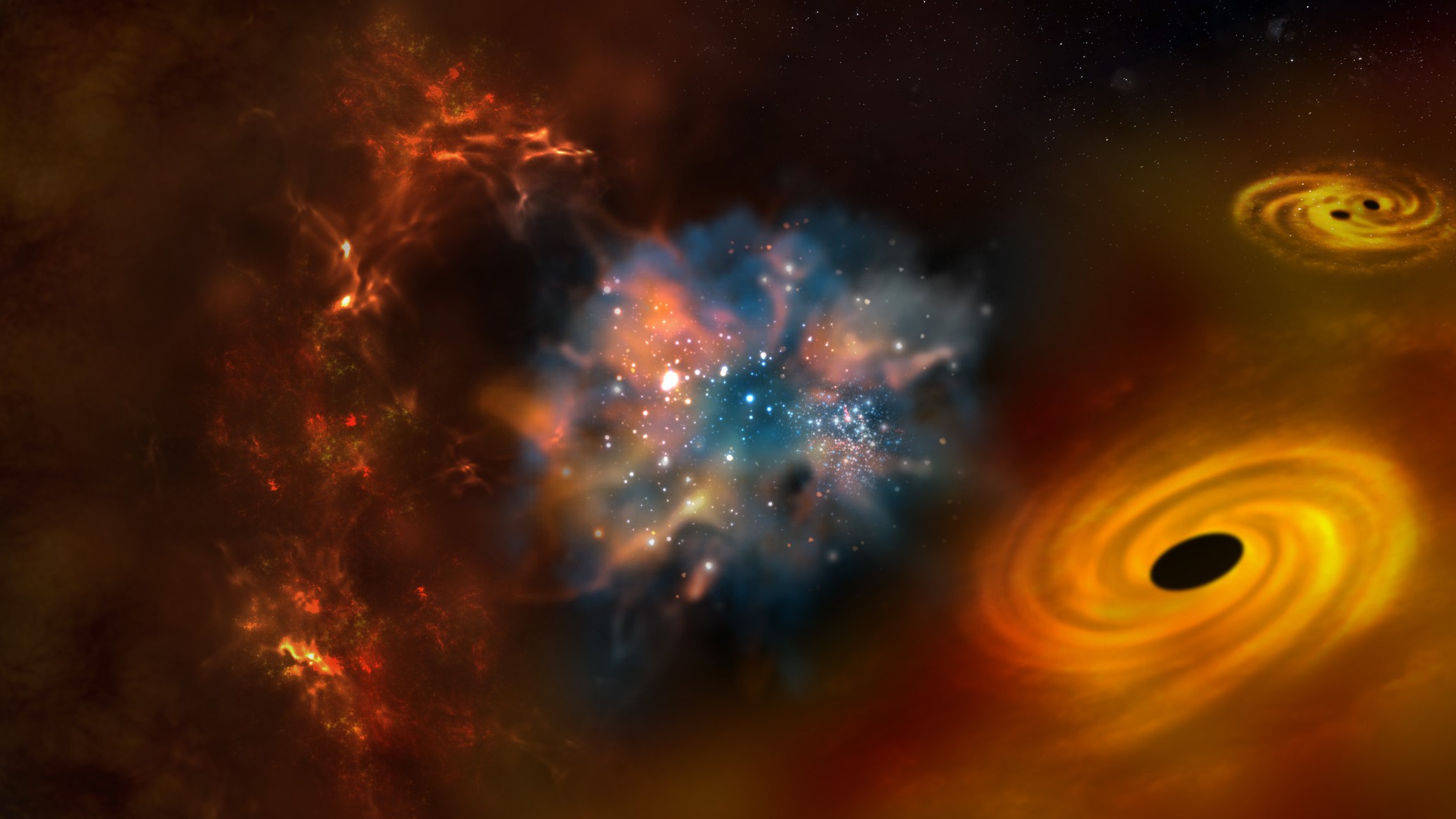
The early universe was crammed with stars 10,000 times the size of our sun, new study suggests
By Paul Sutter published
When the universe's first stars emerged from the cosmic dark ages, they ballooned to 10,000 times the mass of Earth's sun, new research suggests.

The universe is slightly hotter than it should be. 'Dark photons' could be to blame.
By Paul Sutter published
Intergalactic gas clouds are slightly hotter than they should be, new research claims, and theoretical particles called 'dark photons' could explain it.
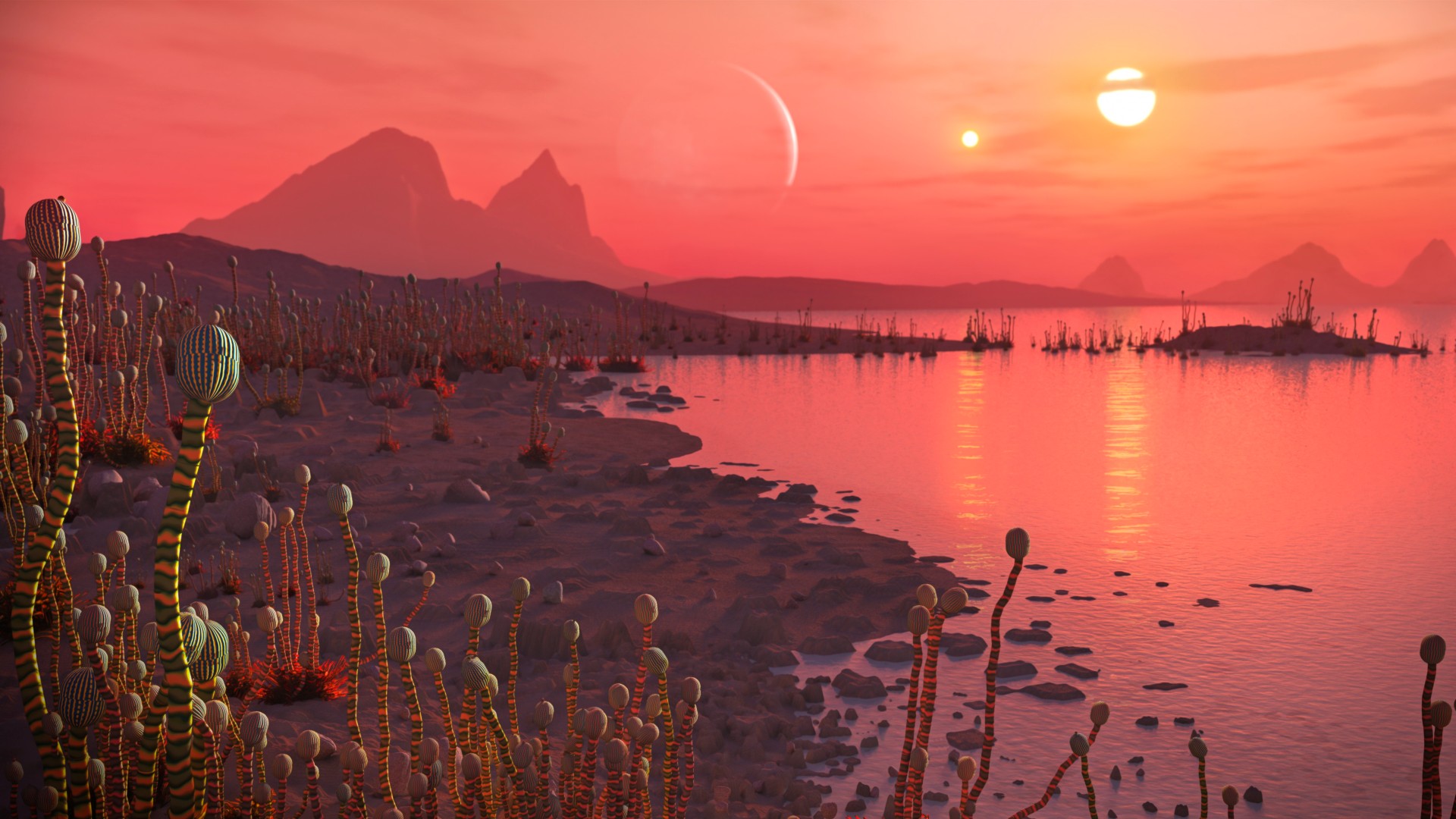
Alien life could be turning harsh planets into paradises — and astronomers want to find them
By Paul Sutter published
Early life made an inhospitable Earth more habitable, and aliens could be doing the same thing on their worlds, new research proposes.
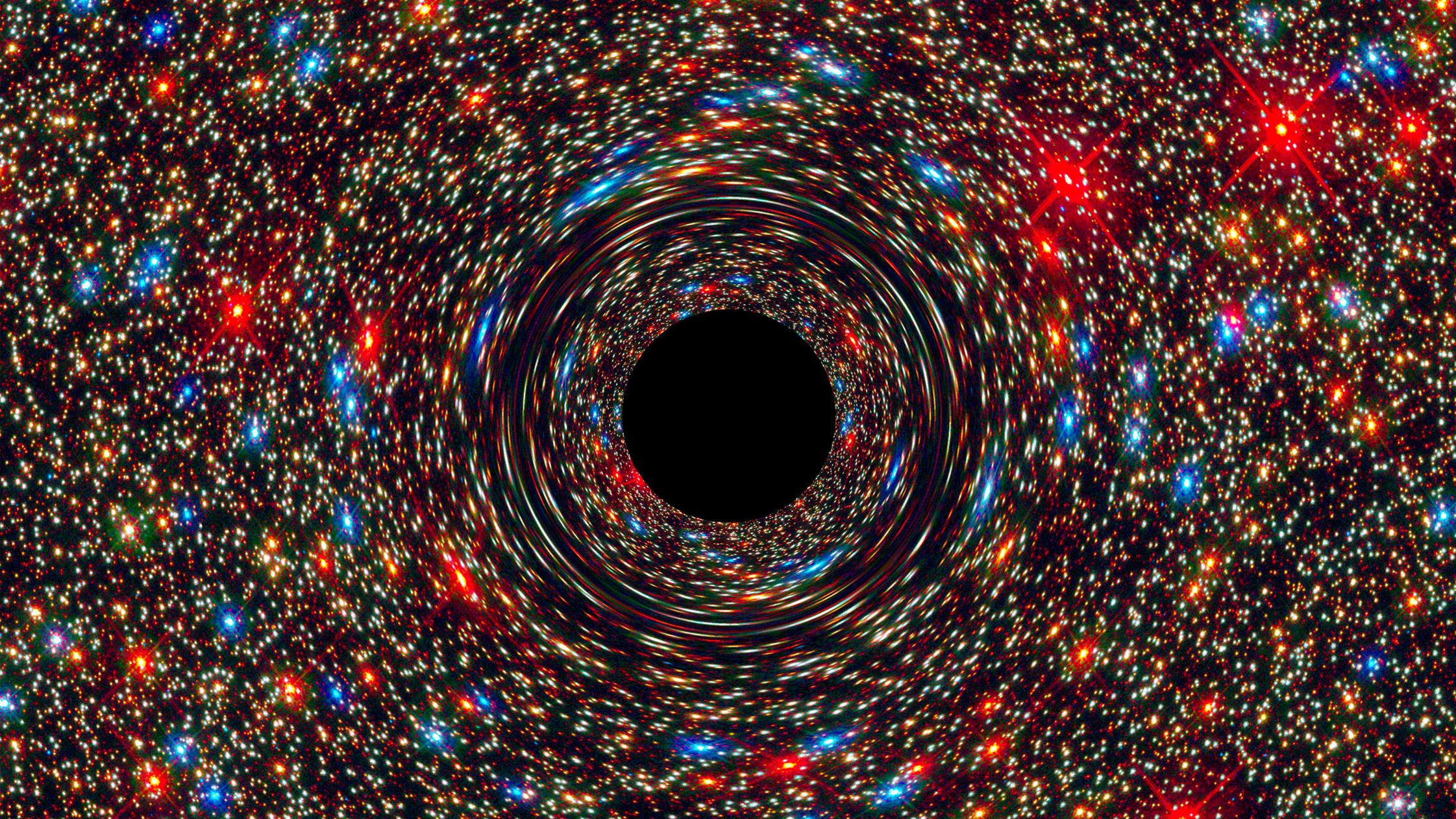
Elusive 'Buchdahl stars' are black holes without event horizons. But do they really exist?
By Paul Sutter published
These hypothetical stars are the densest objects in the universe that can exist without becoming full-fledged black holes.
Sign up for the Live Science daily newsletter now
Get the world’s most fascinating discoveries delivered straight to your inbox.
